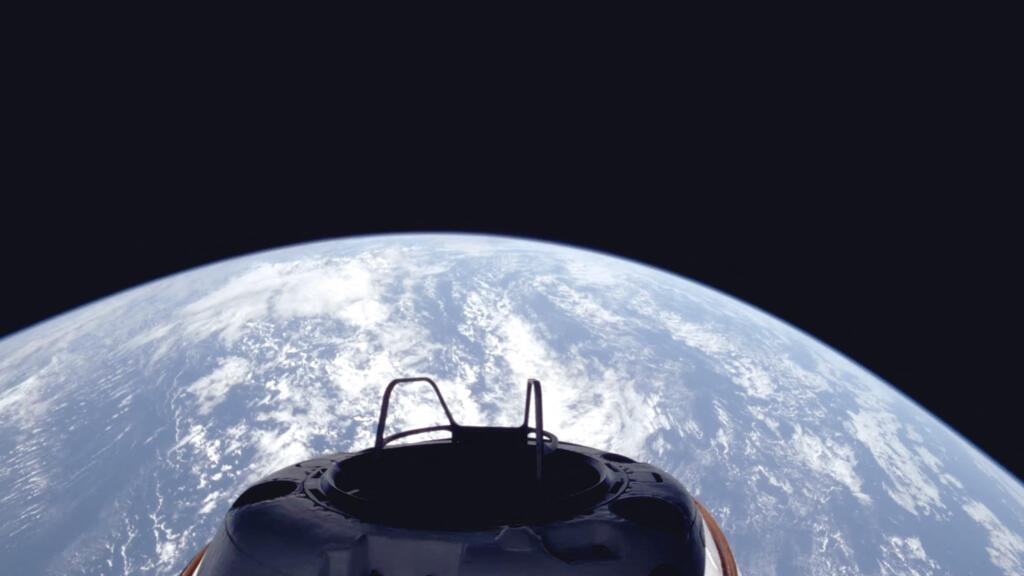Uncontrolled Re-Entry of Soviet-Era Spacecraft Kosmos 482
On Saturday, an old Soviet-era spacecraft, known as Kosmos 482, made headlines as it crashed back to Earth decades after its launch. The European Union Space Surveillance and Tracking (EU SST) agency confirmed the incident, noting that the spacecraft experienced an uncontrolled re-entry into the Earth’s atmosphere. Consequently, the exact location of the crash remains undetermined, raising questions about the safety protocols surrounding space debris management.
Kosmos 482 was initially launched in 1975 as part of the Soviet Union's ambitious space program, which included missions to explore planets such as Venus. The spacecraft was designed specifically for landing on the inhospitable surface of Venus, which presents significant challenges due to extreme temperatures and atmospheric pressure. Despite its original mission, Kosmos 482 spent decades in orbit before succumbing to the forces of gravity and atmospheric friction.
As space agencies across the globe grapple with the increasing amount of space debris orbiting our planet, incidents like the re-entry of Kosmos 482 underline the urgent need for enhanced tracking and monitoring systems. The EU SST agency, while confirming the re-entry, has faced difficulties in identifying the specific crash site due to the unpredictability of uncontrolled re-entries. This situation highlights the complexities involved in tracking space objects, especially those that have not been maintained or monitored regularly over the years.
Spacecraft and orbital debris pose potential risks to both satellites in orbit and to inhabitants on the ground. Each uncontrolled re-entry holds the possibility of debris scattering across populated areas, which can result in injuries or damage to property. As the issue of space debris becomes more pressing with the proliferation of satellite launches, international discussions on how to manage and mitigate these risks are becoming increasingly important.
Experts suggest that more rigorous tracking systems and rapid response protocols are needed to address incidents like the crash of Kosmos 482. In addition, there is a growing call for international collaboration in space surveillance and debris management. Many researchers are advocating for the development of technologies that can safely deorbit defunct satellites and spacecraft to prevent them from becoming hazardous debris in the future.
The impact of re-entering spacecraft like Kosmos 482 extends beyond immediate safety concerns. It raises broader implications for national security, commercial space operations, and scientific exploration. As space becomes more accessible, with both governmental and private entities launching missions, the need for comprehensive regulatory frameworks and international cooperation grows ever more urgent. An effective governance model could help mitigate the risks associated with space debris, allowing exploration and utilization of space to continue safely and sustainably.
In summary, the uncontrolled re-entry of Kosmos 482 serves as a stark reminder of the long-lasting implications of space debris and the necessity for improved tracking and mitigation efforts. It emphasizes the importance of global collaboration to address the challenges posed by an increasingly crowded orbital environment, ensuring that space exploration can continue without compromising safety here on Earth.












